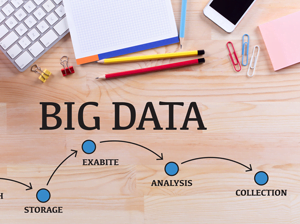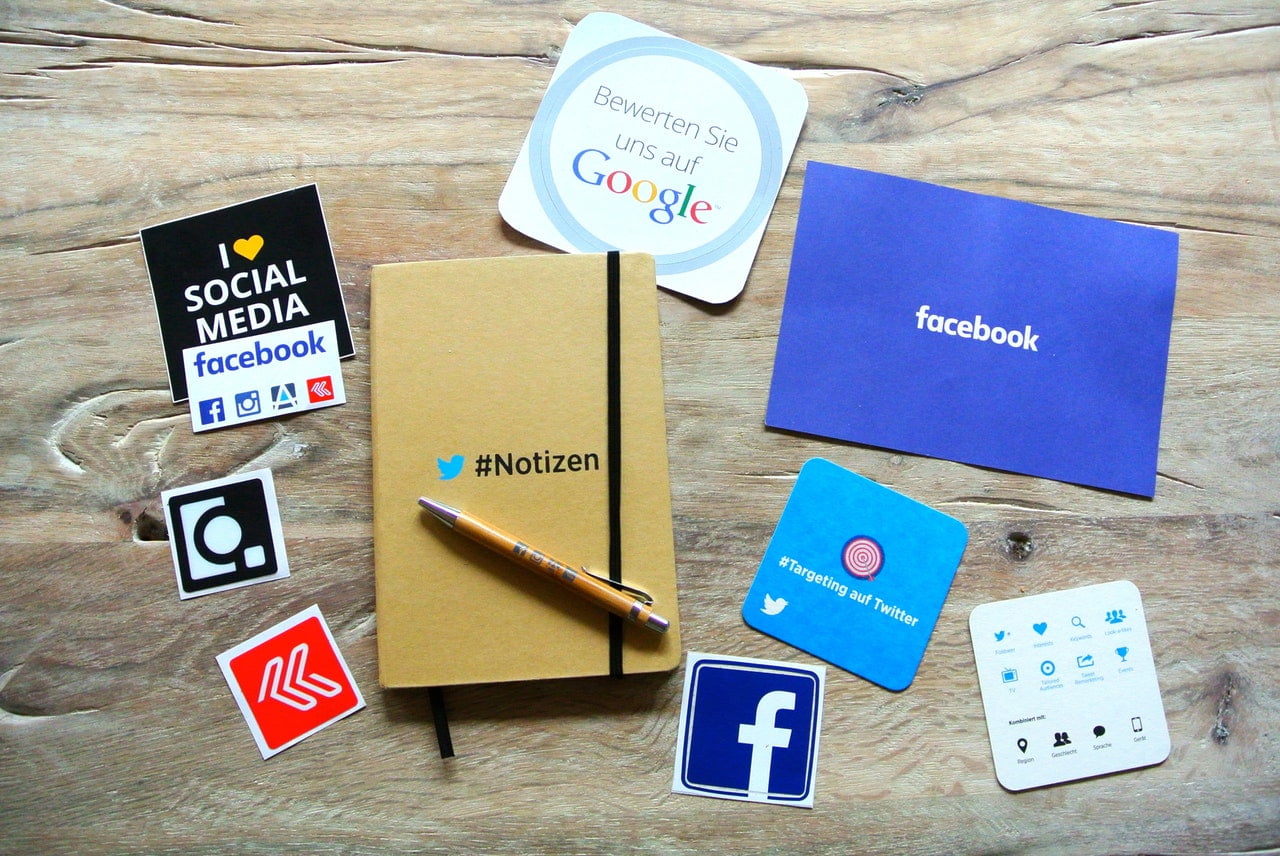
Next BI – Origin and use of Big Data
- June 13, 2022
- 0

In this article you can read how new data is constantly being created in our modern world, how it can be used to develop forecasts and recommendations in real time for the personal benefit of each individual as a consumer as well as for the success of companies and organizations.
In “What” more and more “interaction processing” takes place besides the known transactional systems. People interact via social media and devices interact via the “Internet of things”. Data is generated everywhere and exchanged via the network. The amount of data generated and exchanged is taking on gigantic proportions.
In the “how” we are experiencing a massive increase in mobile devices that enable their users to use context- and environment-based services that generate an unprecedented amount of device, sensor and positioning data. Whereas before 2012 only 2 percent of data sent via the Web was sent to or from mobile devices, by 2012 this figure had risen to 10 percent. Trend: strongly increasing !
These fundamental changes are the lubricant that keeps the exploding growth of data – Big Data – going and constantly increasing. Three “V’s” – volume, variety, velocity – stand for Big Data: greater volume, greater variety and greater speed.
Organizations that view Big Data as an asset and consistently promote its use will benefit from this. However, it is not only petabytes of data that are used for this purpose. It may also be a small amount of individual data and information fragments that, in the right context, with the right technology and methodology, can provide real-time predictions that are of great value to those involved. The following application scenarios promise to generate enormous profits:
Contents
Big Data Exploration
Finding, visualizing and understanding all Big Data to improve decision-making. In large organizations, information exists in a variety of different IT systems and data silos that knowledge workers and decision makers need on a daily basis. In order to make the right decisions based on facts, it is necessary to have all available data in an understandable form.
Extended 360-degree view of the customer
An expanded view of existing customers using all internal and external data sources, such as social media, contextual and environmental information can lead to a better, fuller understanding. Profiles derived from this information allow an individual approach and personalized offers that take into account the current level of interest as well as local and temporal conditions.
Expansion of security and reconnaissance
Minimize risk, detect and prevent fraud and monitor cybercrime in real time. Here, the use of Big Data can complement existing security platforms and include other sources such as social media, sensor technology, video, telco data and, above all, in a previously unknown time dimension.
Analysis of the operative business
Previous data-ware house approaches can be supplemented, possibly replaced, by the analysis of the multitude of data generated by machines (sensor technology, Internet of Things) as well as from operations. Consumption meters (smart meters), geodata (GPS information), status sensors, process controls and behavior patterns allow insights into operating procedures and customer behavior, which lead to an optimization of operating resources and an increase in results. This becomes possible because the underlying insights are not available weeks, days or hours later, but are available in real time at the moment of the necessary decision. The relevance of the information gained from Big Data has a completely new, predictive character compared to the analysis results of previous data-warehouse solutions.
[“source=widas”]



















